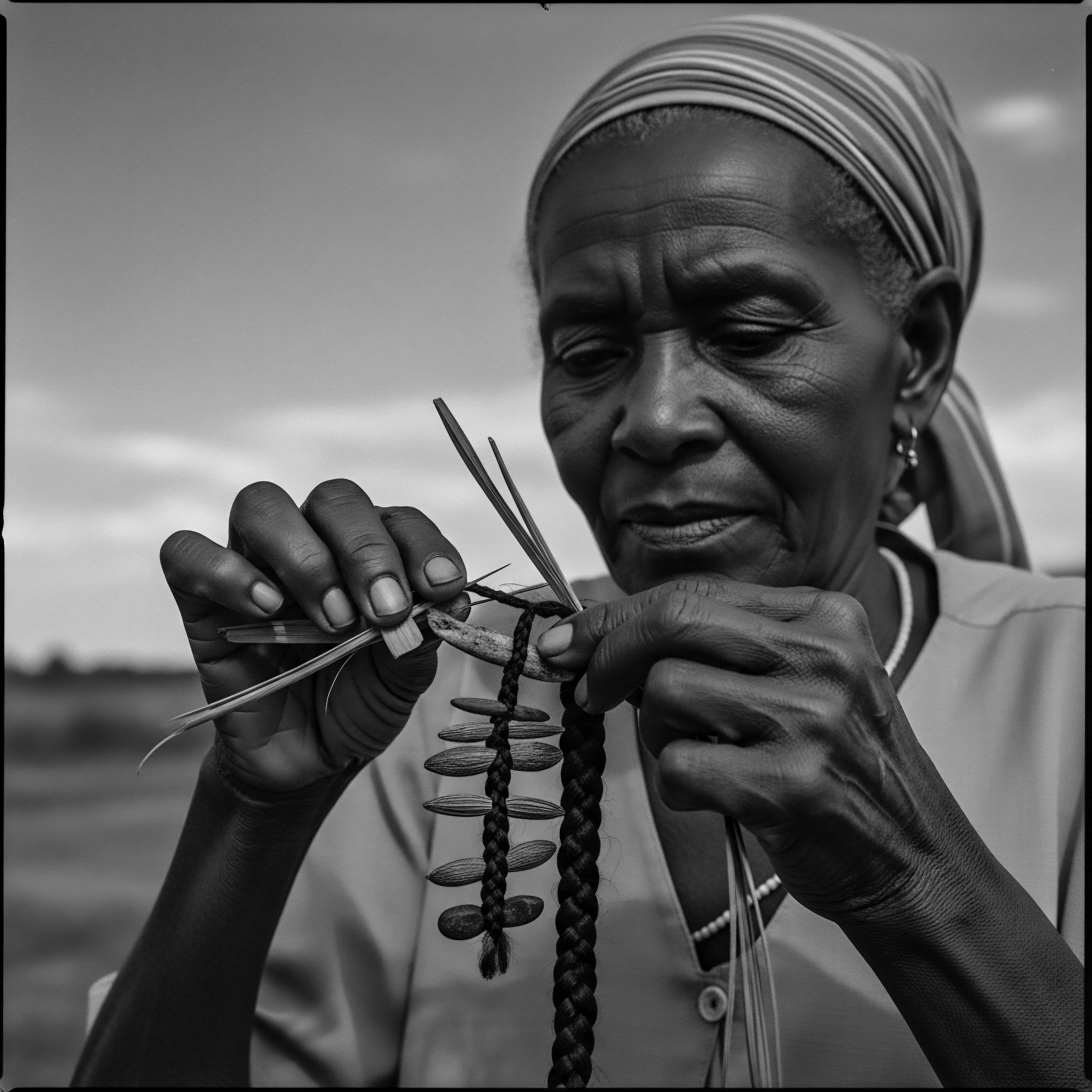
Fundamentals
The concept of ‘Indigenous Hair Rituals’ extends far beyond mere cosmetic practices; it embodies a profound cultural language, a living chronicle of ancestral wisdom, and a deeply rooted connection to identity, community, and the spiritual world. Within Roothea’s ‘living library,’ this term serves as a foundational explanation of the intentional and sacred approaches to hair care and adornment practiced by Indigenous peoples across the globe. These rituals are not static relics of the past; they represent a continuous dialogue between generations, a vibrant expression of belonging, and a testament to resilience, particularly for those with textured hair. The meaning of these practices is inextricably linked to the diverse landscapes and spiritual cosmologies from which they arise.
For individuals newly discovering the richness of textured hair heritage, understanding Indigenous Hair Rituals begins with recognizing hair as a vital extension of the self. Many Indigenous traditions view hair as a physical manifestation of one’s thoughts, experiences, and spiritual energy. It is considered a conduit for wisdom and a connection to the earth and ancestral realms. This perspective contrasts sharply with a purely aesthetic or utilitarian view of hair, inviting a deeper appreciation for its inherent significance.
These rituals often involve the use of natural ingredients sourced directly from the land, reflecting a harmonious relationship with the environment. Plants, herbs, and oils are not just chosen for their tangible benefits to hair health; they are selected for their spiritual properties and their ability to nourish the whole being. The act of cleansing, oiling, braiding, or adorning hair becomes a meditative process, a moment of reverence, and a reaffirmation of cultural ties. This holistic approach to hair care speaks to a worldview where physical well-being is intertwined with spiritual and communal harmony.
Indigenous Hair Rituals represent a profound cultural language, a living chronicle of ancestral wisdom, and a deeply rooted connection to identity, community, and the spiritual world.
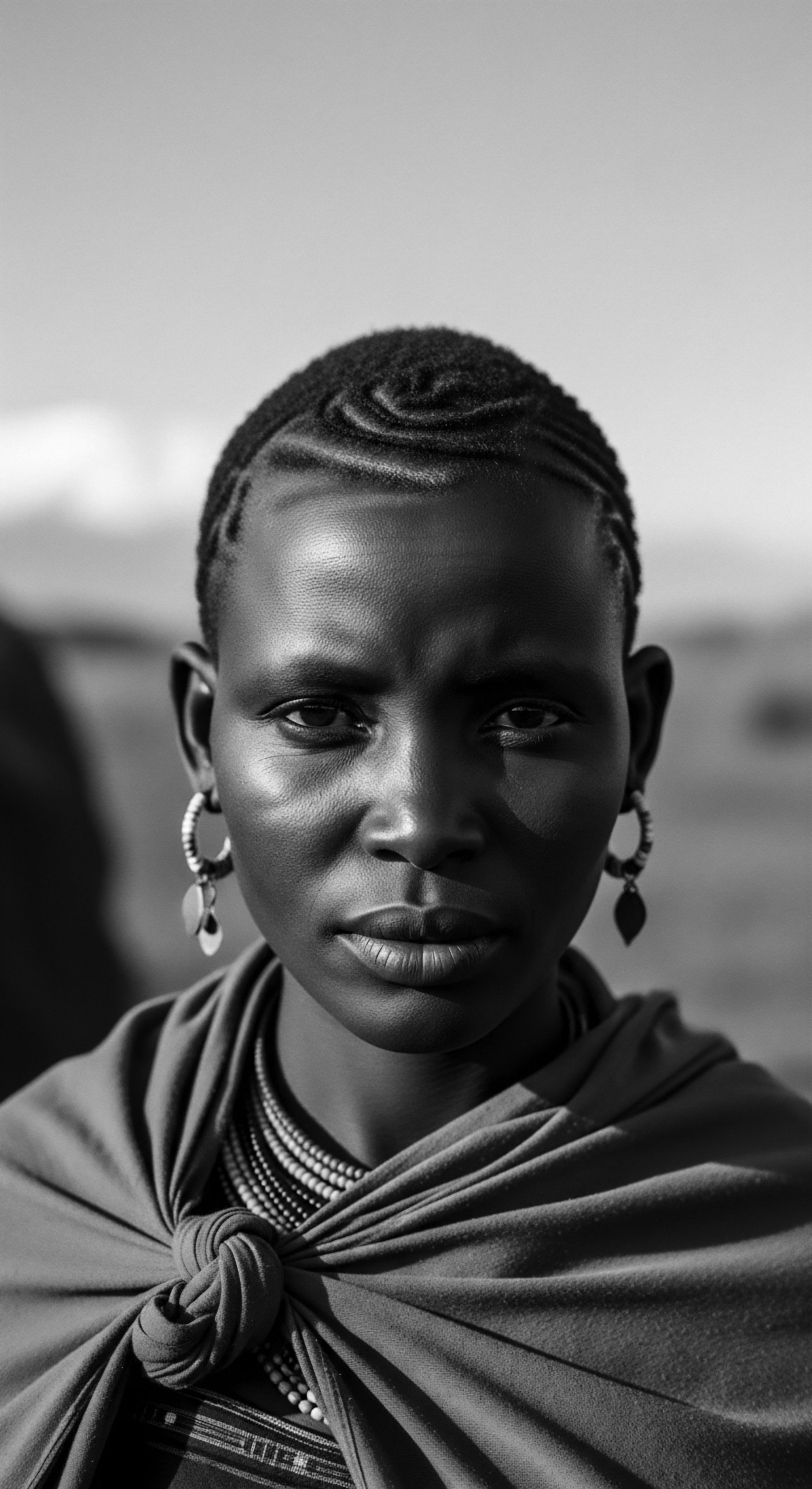
Hair as a Repository of Life’s Journey
In numerous Indigenous communities, hair holds memories and experiences, growing longer as one accumulates knowledge and wisdom. This perspective shapes the way hair is treated, often leading to practices that discourage cutting it unless for specific, significant life events such as mourning a loss or marking a new beginning. Such practices highlight the belief that hair is a physical record of one’s journey, a sacred archive of lived moments. The very act of caring for hair, therefore, becomes a daily ritual of acknowledging and honoring one’s personal and collective history.
Consider the traditions of many Native American tribes, where long hair symbolizes strength and a physical manifestation of one’s thoughts and experiences. The process of combing may represent the alignment of thought, while braiding signifies the oneness of thought. Tying hair can mean securing thought, and allowing it to flow freely demonstrates harmony with life’s currents. These interpretations provide a glimpse into the depth of meaning embedded within seemingly simple acts of hair care, transforming them into spiritual exercises.
- Connection to Land ❉ Hair is often seen as an extension of the land, drawing energy from Mother Earth and reflecting the health of the environment.
- Ancestral Link ❉ Through hair, individuals maintain a tangible link to their ancestors, carrying their wisdom and blessings.
- Identity Marker ❉ Hair styles and adornments historically communicated social status, age, marital status, tribal affiliation, and even spiritual beliefs within communities.
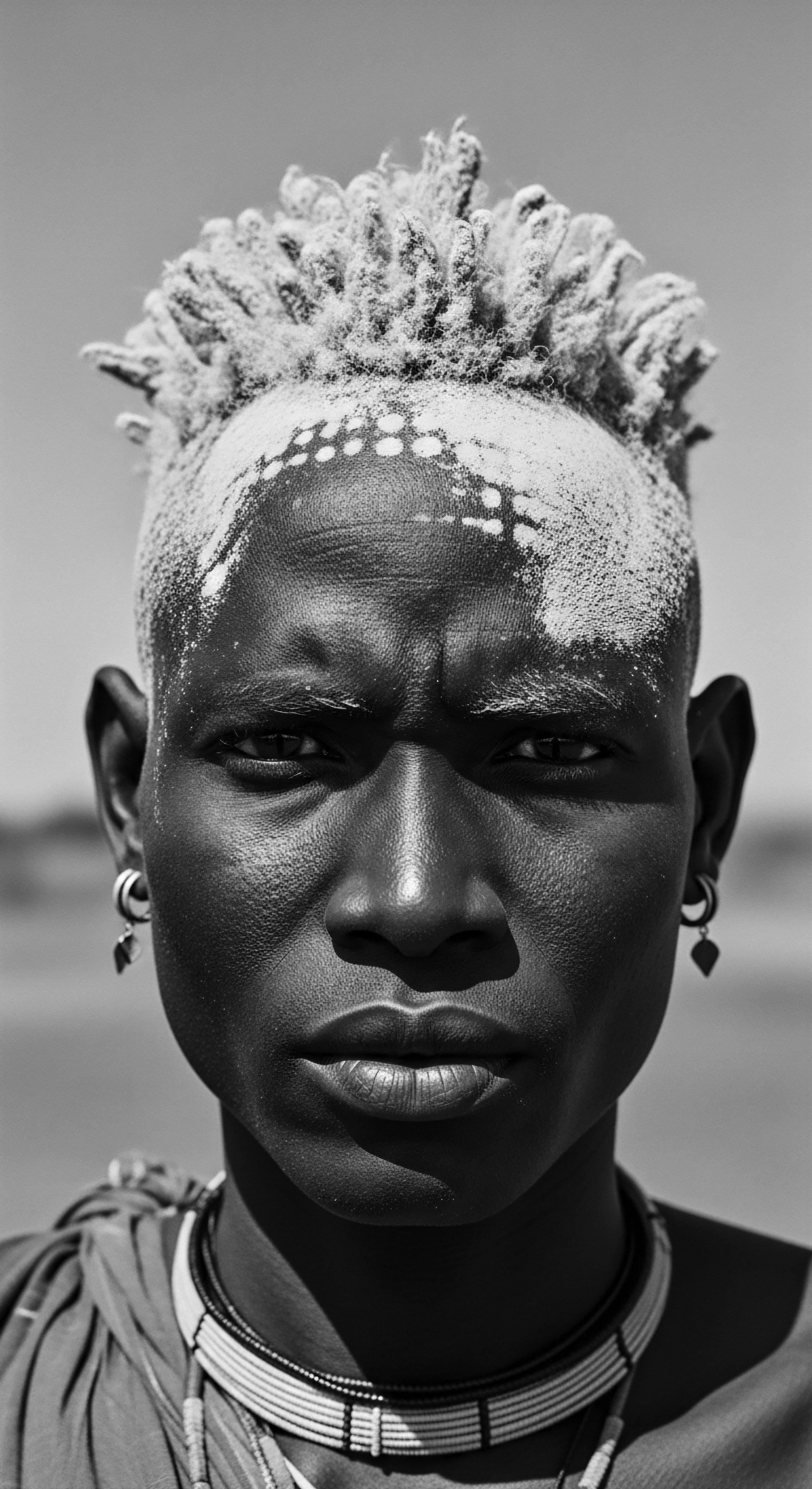
Elemental Care ❉ Gifts from the Earth
The traditional ingredients used in Indigenous Hair Rituals are a testament to an intimate knowledge of local flora and fauna. These are not merely cosmetic agents; they are sacred gifts, carefully harvested and prepared with respect. For instance, in many Native American tribes, Yucca Root was traditionally used as a natural shampoo, crushed and mixed with water to create a cleansing lather that nourished the hair.
This practice reflects a deep understanding of the plant’s properties, which include skin and hair benefits, alongside anti-inflammatory qualities. Similarly, Aloe Vera, sage, and cedarwood oil were employed for their conditioning and healing attributes.
In African communities, ingredients like Shea Butter, derived from the nuts of the shea tree, have been used for centuries to moisturize and protect hair from harsh environmental conditions. This rich butter, along with coconut oil and various herbs, forms the basis of many traditional hair care routines, prioritizing moisture and scalp health. The Himba tribe in Namibia, for example, is renowned for using a mixture of clay and cow fat to create a distinctive hair paste that offers sun protection and aids in detangling. These practices highlight a practical yet reverent approach to hair care, where natural elements are leveraged for both their physical and symbolic power.
The preparation of these ingredients often involves communal activity, further strengthening social bonds and transmitting cultural knowledge across generations. The gathering of herbs, the grinding of seeds, or the mixing of oils become shared experiences, deepening the collective understanding of their significance. This communal aspect ensures that the knowledge surrounding Indigenous Hair Rituals is not lost but rather continuously revitalized through shared practice.
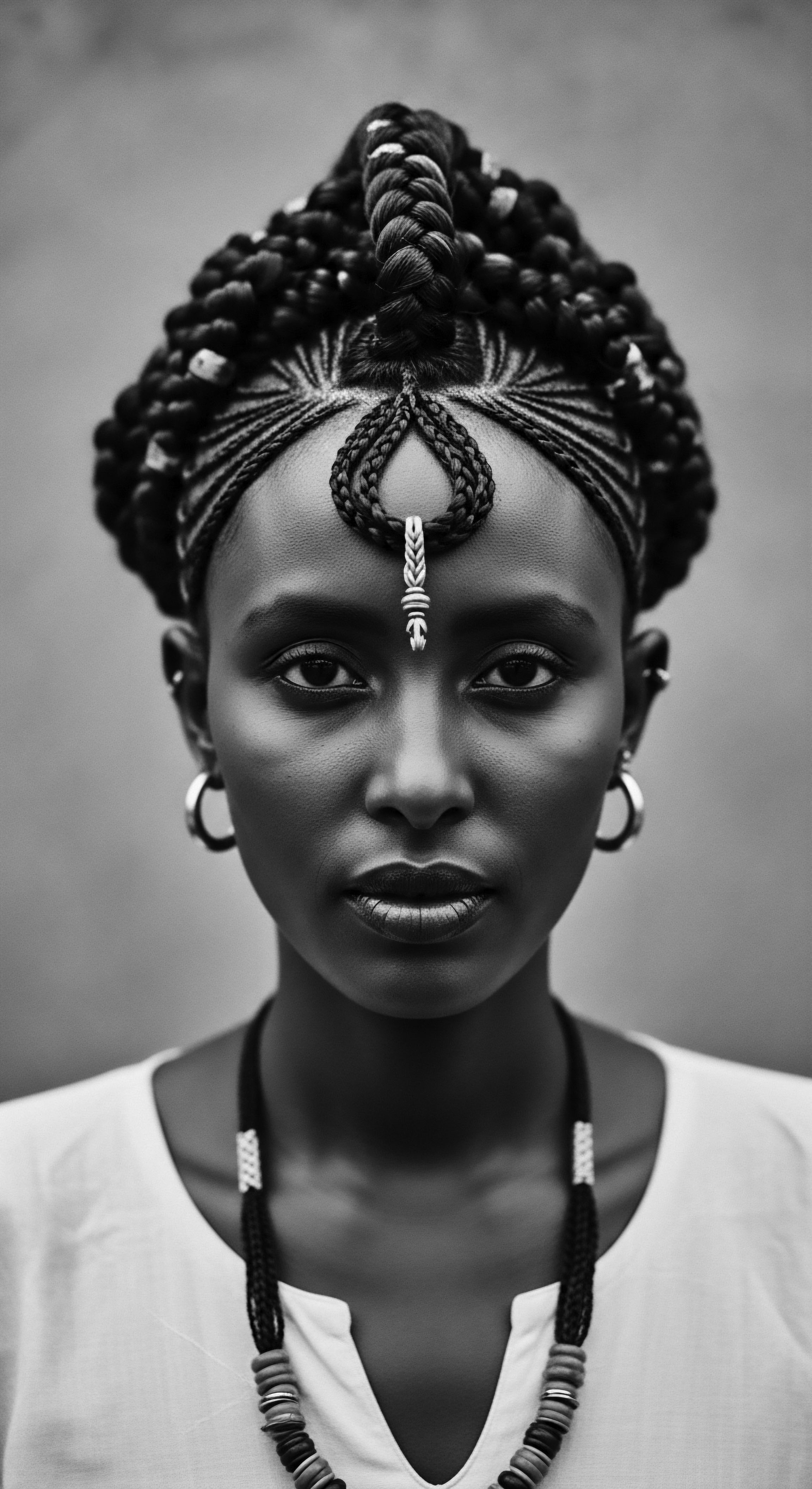
Intermediate
Moving beyond the fundamental recognition of hair as a spiritual and cultural extension, an intermediate understanding of Indigenous Hair Rituals involves appreciating the complex layers of communication, resistance, and healing embedded within these practices. It calls for a deeper exploration of how textured hair, in particular, has served as a canvas for identity and a conduit for ancestral memory amidst historical challenges. The meaning of these rituals expands to encompass their dynamic role in shaping individual and collective narratives across Black and mixed-race communities.
Hair, especially Afro-textured hair, possesses a unique helical structure that presents distinct care requirements. Traditional Indigenous Hair Rituals, often developed over millennia, demonstrate an innate understanding of these specific needs. From the precise application of nourishing oils to the deliberate construction of protective styles, these practices were designed to maintain the health and vitality of coily and curly strands long before modern cosmetology. This ancestral wisdom, passed down through oral traditions and hands-on teaching, offers invaluable insights into textured hair care that resonate powerfully today.
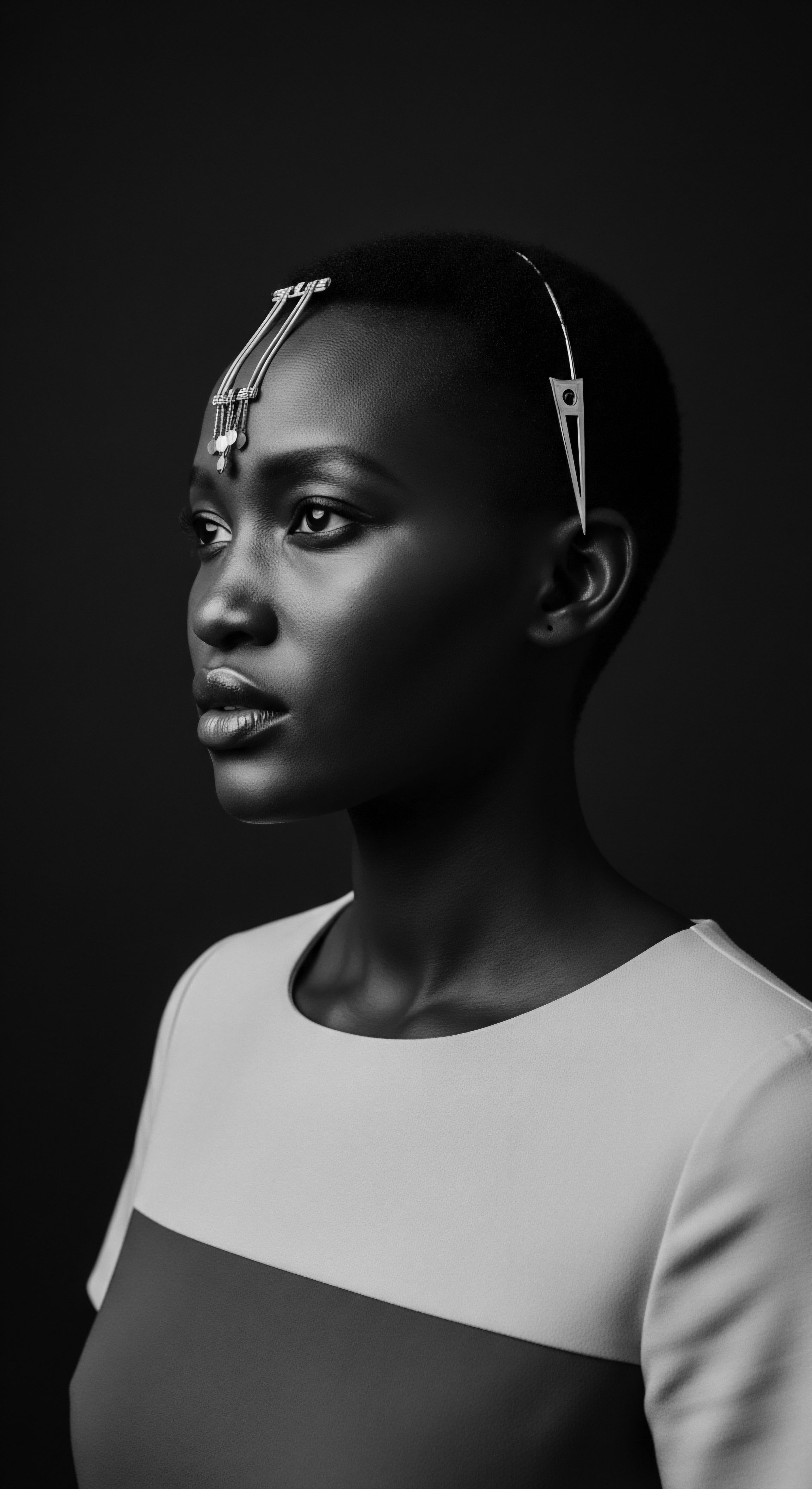
Hair as a Coded Language and Act of Defiance
One of the most compelling aspects of Indigenous Hair Rituals, particularly within the African diaspora, is their transformation into acts of subtle rebellion and coded communication during periods of oppression. During the transatlantic slave trade, enslaved Africans were often subjected to the brutal erasure of their cultural identities, which included the forced shaving of their heads. This act was a deliberate attempt to dehumanize and sever their ties to home and heritage.
Despite these efforts, the spirit of resistance persisted. Enslaved African women, with remarkable ingenuity, continued to practice traditional braiding techniques, often in secret. These intricate styles were not merely aesthetic choices; they became a silent language, a means of preserving a sense of self and community. Historical accounts from regions like Colombia suggest that enslaved individuals used cornrows to map escape routes or embed rice seeds within their hair for survival during their journeys to freedom.
This profound example underscores how Indigenous Hair Rituals transformed hair into a living cartography, a repository of hope and defiance against unimaginable adversity. (Blakely, 1993, p. 72, 85). This demonstrates how hair became a tool for covert communication, a testament to the enduring power of ancestral knowledge in the face of brutal suppression.
Hair became a tool for covert communication, a testament to the enduring power of ancestral knowledge in the face of brutal suppression.
The significance of these practices extends to the broader narrative of identity assertion. The adoption of specific styles, such as Cornrows or Locs, served as a powerful declaration of cultural pride and a rejection of Eurocentric beauty standards imposed by colonizers and enslavers. This act of self-expression, often met with discrimination, cemented hair as a symbol of resilience and cultural continuity for Black and mixed-race communities worldwide.
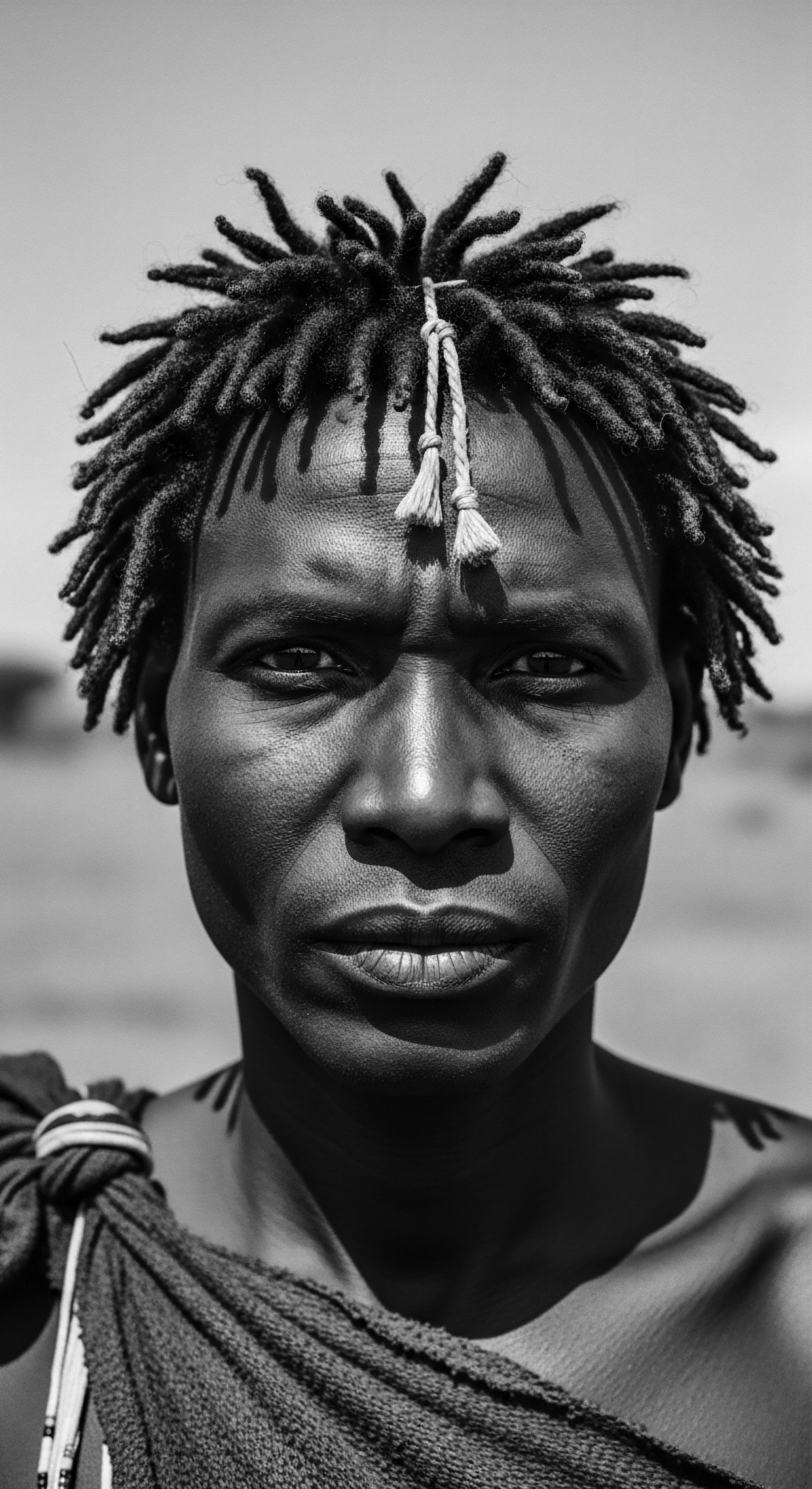
The Sacred Circle of Care ❉ Community and Ritual
Beyond individual expression, Indigenous Hair Rituals are often deeply communal. The act of caring for another’s hair fosters intimacy, strengthens bonds, and facilitates the transmission of intergenerational knowledge. In many African societies, hair grooming was a social activity where mothers, daughters, and friends would gather, sharing stories, wisdom, and techniques.
This communal aspect transforms hair care from a solitary task into a cherished ritual, reinforcing familial and tribal connections. For instance, in Native American traditions, braiding a child’s hair is a beginning of establishing a nurturing relationship, a special time of bonding.
The tools and ingredients used in these rituals also carry cultural weight. Combs carved from bone or wood, natural oils, and plant-based cleansers are not just functional items; they are often imbued with spiritual significance, representing the connection to the land and the ingenuity of ancestors. The careful selection and preparation of these elements reflect a deep respect for nature’s bounty and a holistic approach to well-being.
| Aspect Source of Ingredients |
| Traditional Indigenous Hair Rituals Locally sourced botanicals (e.g. yucca root, shea butter, aloe vera), often wild-harvested or cultivated with reverence. |
| Modern Conventional Hair Care Synthetically produced chemicals, processed plant extracts, and often petroleum-derived ingredients. |
| Aspect Philosophy of Care |
| Traditional Indigenous Hair Rituals Holistic; hair care as an extension of spiritual, communal, and environmental well-being. Focus on long-term health and ancestral connection. |
| Modern Conventional Hair Care Segmented; focus on specific hair "problems" (e.g. frizz, dryness) with immediate cosmetic results. Often driven by commercial trends. |
| Aspect Ritualistic Nature |
| Traditional Indigenous Hair Rituals Often communal, involving storytelling, bonding, and intergenerational teaching. Acts of care are sacred and intentional. |
| Modern Conventional Hair Care Typically individualistic, often rushed, and detached from deeper cultural or spiritual significance. |
| Aspect Environmental Impact |
| Traditional Indigenous Hair Rituals Sustainable harvesting practices, minimal waste, deep respect for the ecosystem. |
| Modern Conventional Hair Care Potential for chemical runoff, plastic waste, and unsustainable sourcing of ingredients. |
| Aspect The enduring wisdom of Indigenous Hair Rituals offers a profound counterpoint to contemporary practices, inviting a return to intentionality and respect for our hair's deep heritage. |
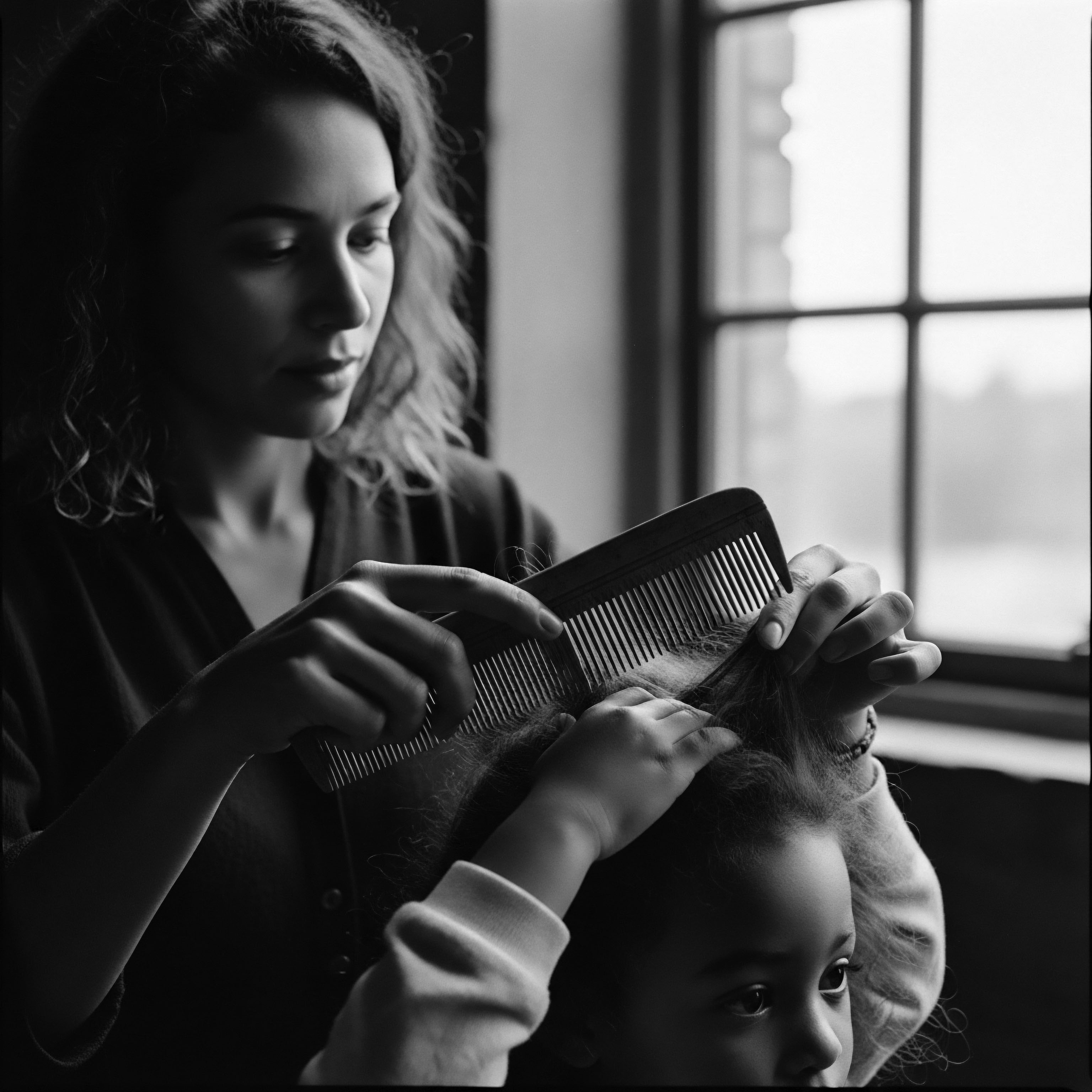
The Biology of Textured Hair and Ancestral Wisdom
From a scientific perspective, the distinct helical shape of textured hair strands and the unique elliptical cross-section of the hair follicle present specific challenges and opportunities for care. The tight curl patterns common in Afro-textured hair create points of vulnerability where the strand can break, and also impede the natural distribution of scalp oils down the hair shaft. This inherent biology explains why traditional Indigenous Hair Rituals often emphasize moisture retention, protective styling, and gentle manipulation.
For example, the widespread use of natural butters and oils like Shea Butter and Coconut Oil in African hair care traditions is not merely anecdotal; these emollients provide crucial sealing properties, locking in moisture and reducing friction along the coiled strand. Similarly, braiding and twisting styles, common across African and Indigenous American cultures, minimize exposure to environmental stressors and reduce daily manipulation, thereby preserving hair length and integrity. This demonstrates a sophisticated, empirically derived understanding of hair science long before the advent of modern laboratories. The continuity of these practices, often validated by contemporary scientific understanding, highlights the enduring value of ancestral knowledge in the context of textured hair care.
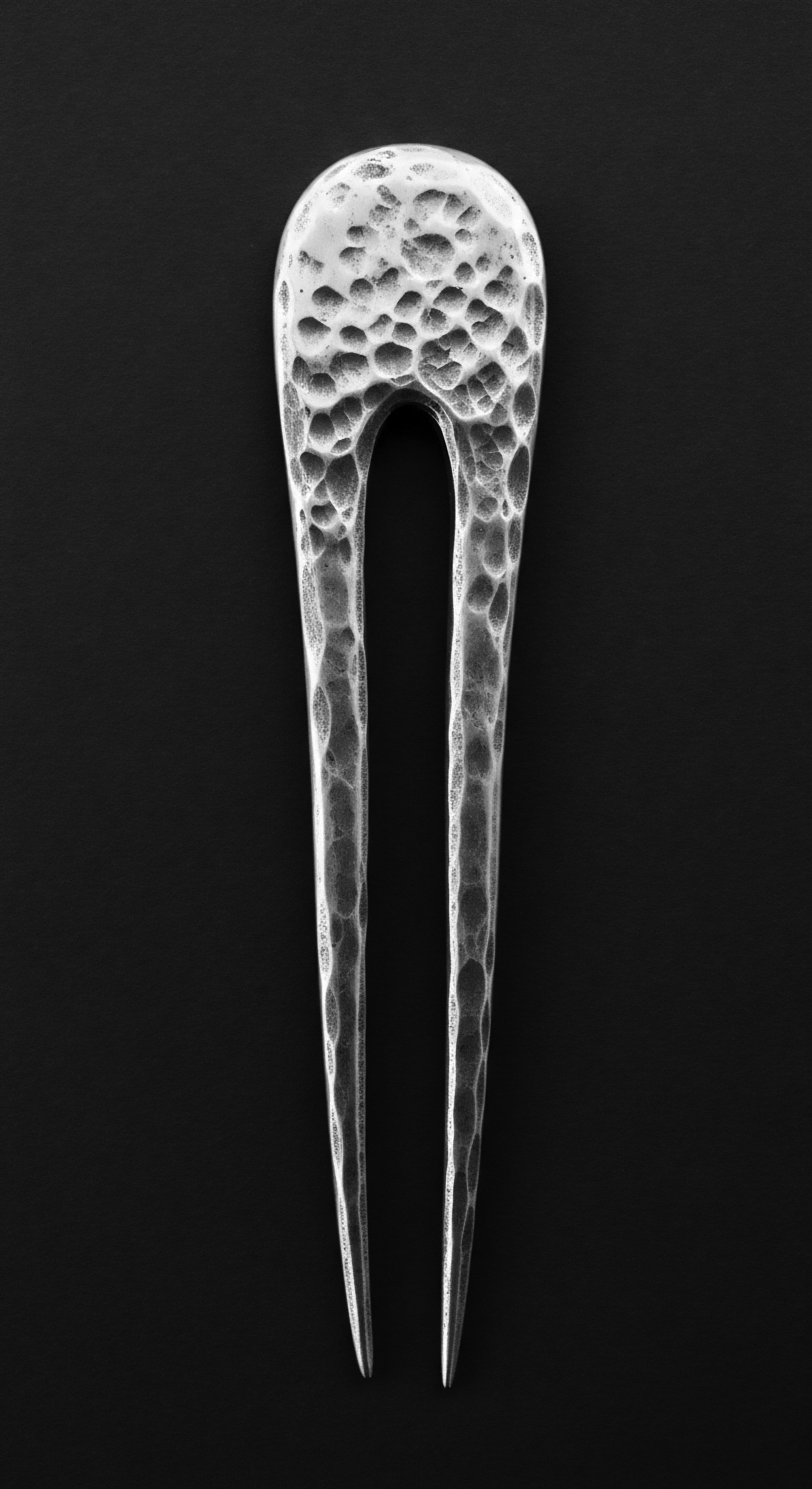
Academic
The academic meaning of ‘Indigenous Hair Rituals’ extends beyond a mere description of practices; it constitutes a multidisciplinary scholarly inquiry into the intricate interplay of ethnobotany, cultural anthropology, historical sociology, and trichology, all framed within the profound context of Textured Hair Heritage. This scholarly lens delineates Indigenous Hair Rituals as complex socio-cultural phenomena, serving as potent markers of identity, resistance, spiritual connection, and ecological wisdom. The academic examination necessitates a rigorous analysis of their historical evolution, their role in maintaining communal cohesion, and their often-subverted significance in the face of colonial impositions and diasporic experiences. It is a critical exploration of how these rituals embody a distinct epistemology, a way of knowing and being that is deeply antithetical to reductionist or Eurocentric beauty paradigms.
At its core, the term Indigenous Hair Rituals, when viewed academically, signifies a sophisticated system of traditional ecological knowledge applied to somatic care. This knowledge is not codified in written texts but is rather embodied within intergenerational practices, oral histories, and community structures. The deep understanding of local botanicals, their synergistic properties, and their application for hair health, as evidenced in various Indigenous pharmacopoeias, represents a profound scientific heritage that often predates and informs modern phytocosmetics.
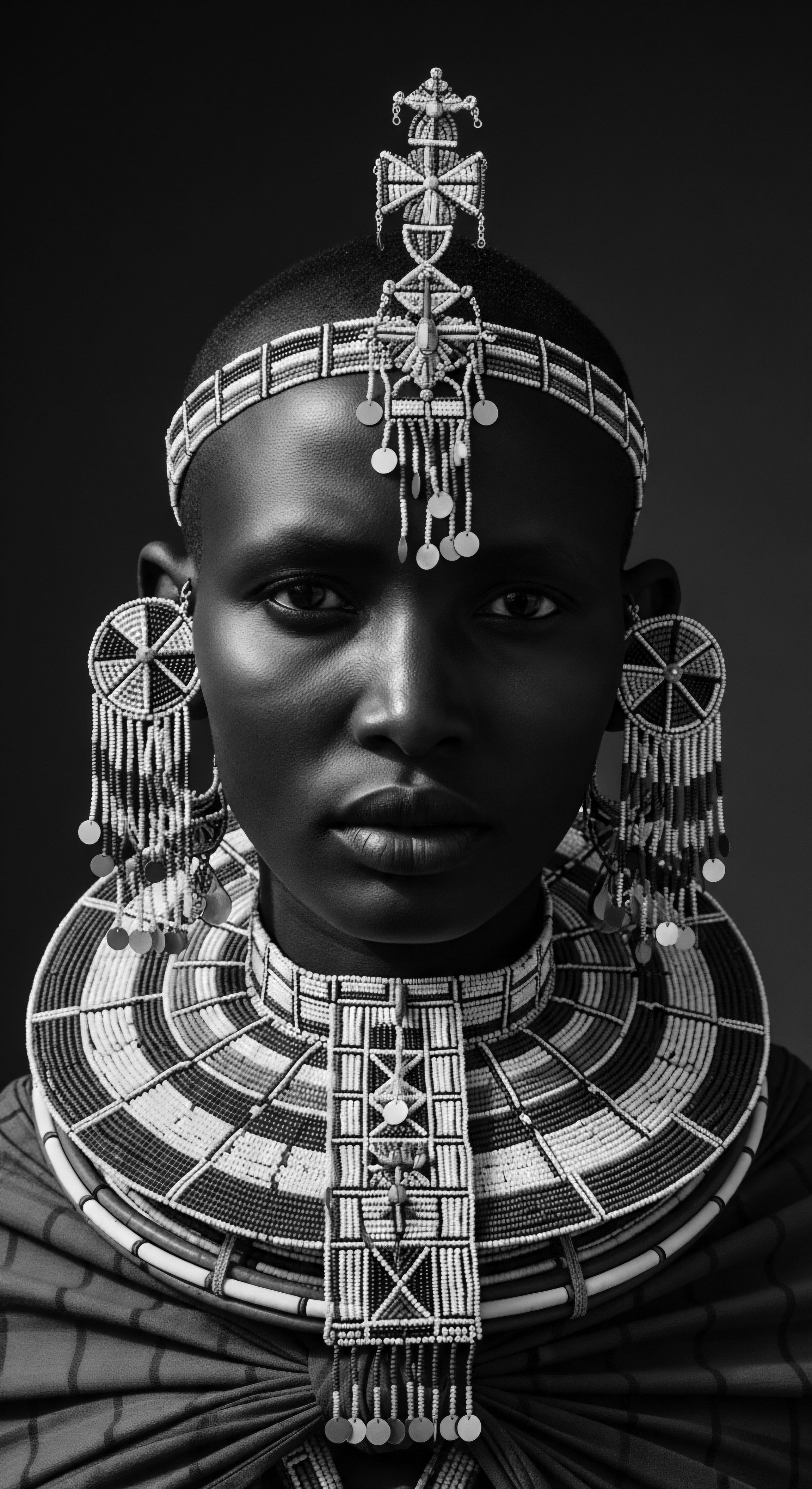
Ethnobotanical Epistemologies and Textured Hair Biology
The meticulous selection and preparation of plant-based ingredients within Indigenous Hair Rituals offer a compelling case study for ethnobotanical inquiry. For instance, studies on traditional African hair care practices reveal the extensive use of diverse plant species, such as Moringa Oleifera, Aloe Vera, and various indigenous oils, which possess documented antimicrobial, antioxidant, and moisturizing properties beneficial for scalp health and hair integrity. The efficacy of these botanicals is often rooted in their complex phytochemical profiles, which interact synergistically to address specific hair concerns, from promoting growth to mitigating inflammation.
A notable example is the use of Silky Oil Grass (Cymbopogon ambiguous) in Aboriginal bush medicine for centuries. This plant, now being explored in contemporary products, offers antioxidant, antimicrobial, and soothing properties, which are particularly beneficial for the unique needs of textured hair, helping to strengthen and hydrate strands while balancing scalp oil production. This continuity from ancient application to modern validation highlights the empirical rigor embedded within ancestral practices. The structural characteristics of textured hair—its elliptical cross-section, tighter cuticle layers, and propensity for breakage at the bends of its coils—make it uniquely susceptible to dryness and mechanical damage.
Traditional Indigenous Hair Rituals, through their emphasis on protective styling (e.g. braiding, twisting), consistent oiling, and gentle detangling, directly address these biological specificities, thereby preserving the hair’s natural moisture barrier and minimizing tensile stress. This nuanced understanding of hair biology, observed and refined over generations, stands as a testament to the sophisticated, applied science inherent in these cultural practices.
An ethnobotanical survey conducted in Karia ba Mohamed, Northern Morocco, identified 42 plant species from 28 families traditionally used for hair treatment and care, with high citation frequencies for species like Origanum compactum, Rosa centifolia, and Lawsonia inermis (henna). This quantitative data underscores the vast repository of plant-based knowledge that Indigenous communities possess, often overlooked by mainstream scientific discourse. The academic meaning of Indigenous Hair Rituals thus compels us to recognize these practices not as quaint customs, but as sophisticated, historically validated systems of applied trichology.
The academic lens reveals Indigenous Hair Rituals as sophisticated systems of traditional ecological knowledge, embodying a distinct epistemology of somatic care.
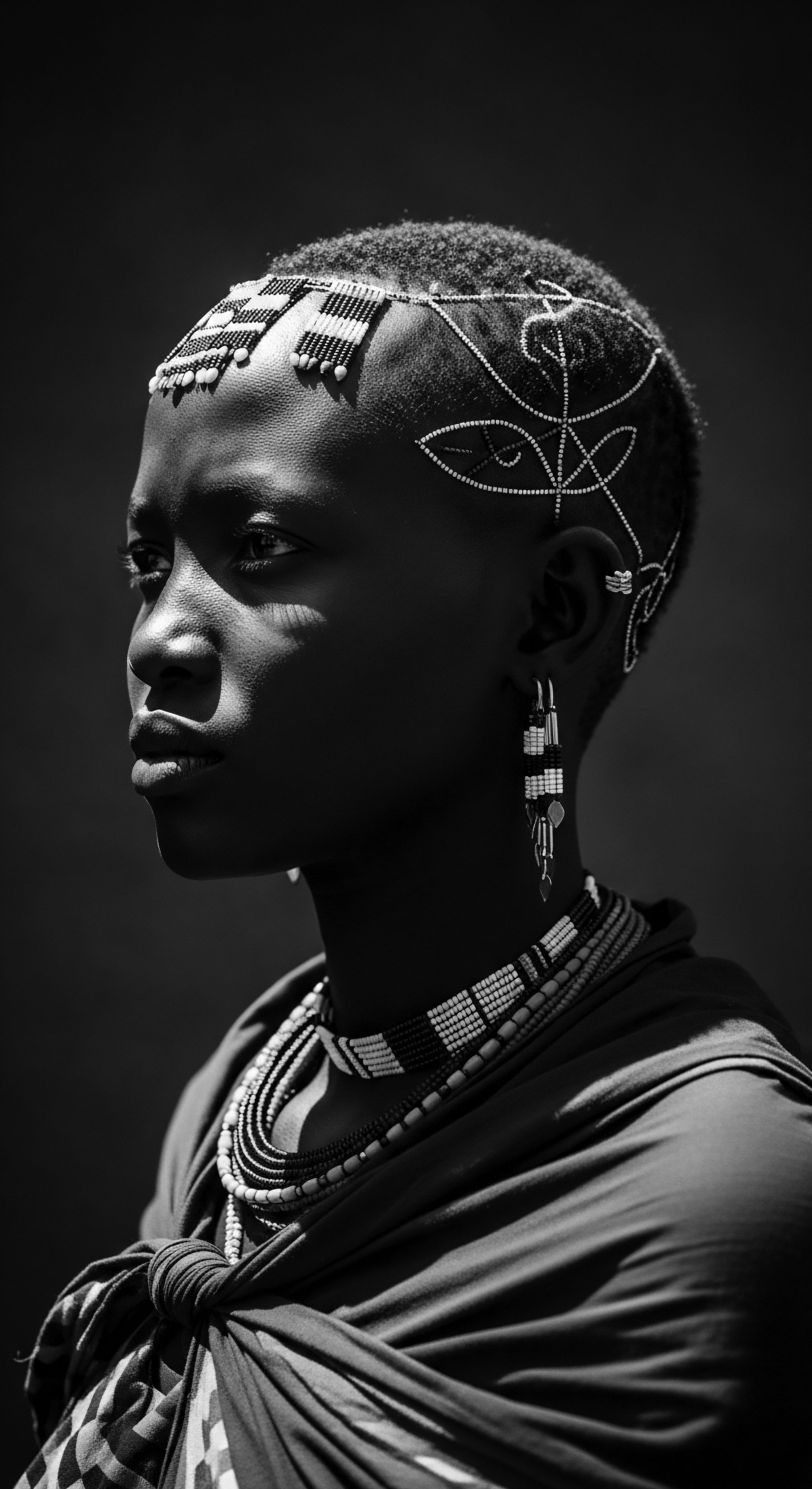
Case Study ❉ The Cartography of Cornrows in the Transatlantic Slave Trade
One of the most powerful academic case studies illuminating the meaning of Indigenous Hair Rituals within textured hair heritage is the strategic use of cornrows (also known as canerows) by enslaved Africans during the transatlantic slave trade. This phenomenon transcends mere aesthetics, positioning hair as a vital instrument of resistance, communication, and cultural preservation. Historical accounts and ethnographic studies from various parts of the Americas, including Colombia and the Caribbean, document how intricate braiding patterns were utilized to encode crucial information.
For instance, it is widely documented that enslaved women would braid patterns into their hair that served as literal maps to freedom, indicating escape routes through plantations and surrounding terrains. Beyond cartographic data, these braids also concealed seeds, rice grains, or gold dust, ensuring survival and a means to rebuild life once freedom was attained. The tight, close-to-the-scalp nature of cornrows made them durable and less conspicuous than other forms of communication. This practice was a direct continuation of pre-colonial African traditions where hairstyles conveyed complex social, marital, and tribal identities.
The forced shaving of heads upon arrival in the Americas was a deliberate act of dehumanization, aimed at stripping identity and cultural memory. However, the resilience of these ancestral practices transformed hair into a clandestine archive, a living testament to the indomitable spirit of a people determined to retain their heritage. This particular historical example powerfully illustrates how Indigenous Hair Rituals, born of necessity and ancestral ingenuity, became a profound act of self-determination and cultural continuity for those with textured hair, challenging the very mechanisms of oppression. (Blakely, 1993, p. 72, 85).
The study of this historical phenomenon demands an interdisciplinary approach, drawing from historical records, oral traditions, and the material culture of the African diaspora. It compels scholars to analyze hair not simply as a biological feature, but as a dynamic cultural artifact, a site of struggle, and a symbol of enduring heritage. This deepens the meaning of Indigenous Hair Rituals from a set of practices to a complex socio-political statement.
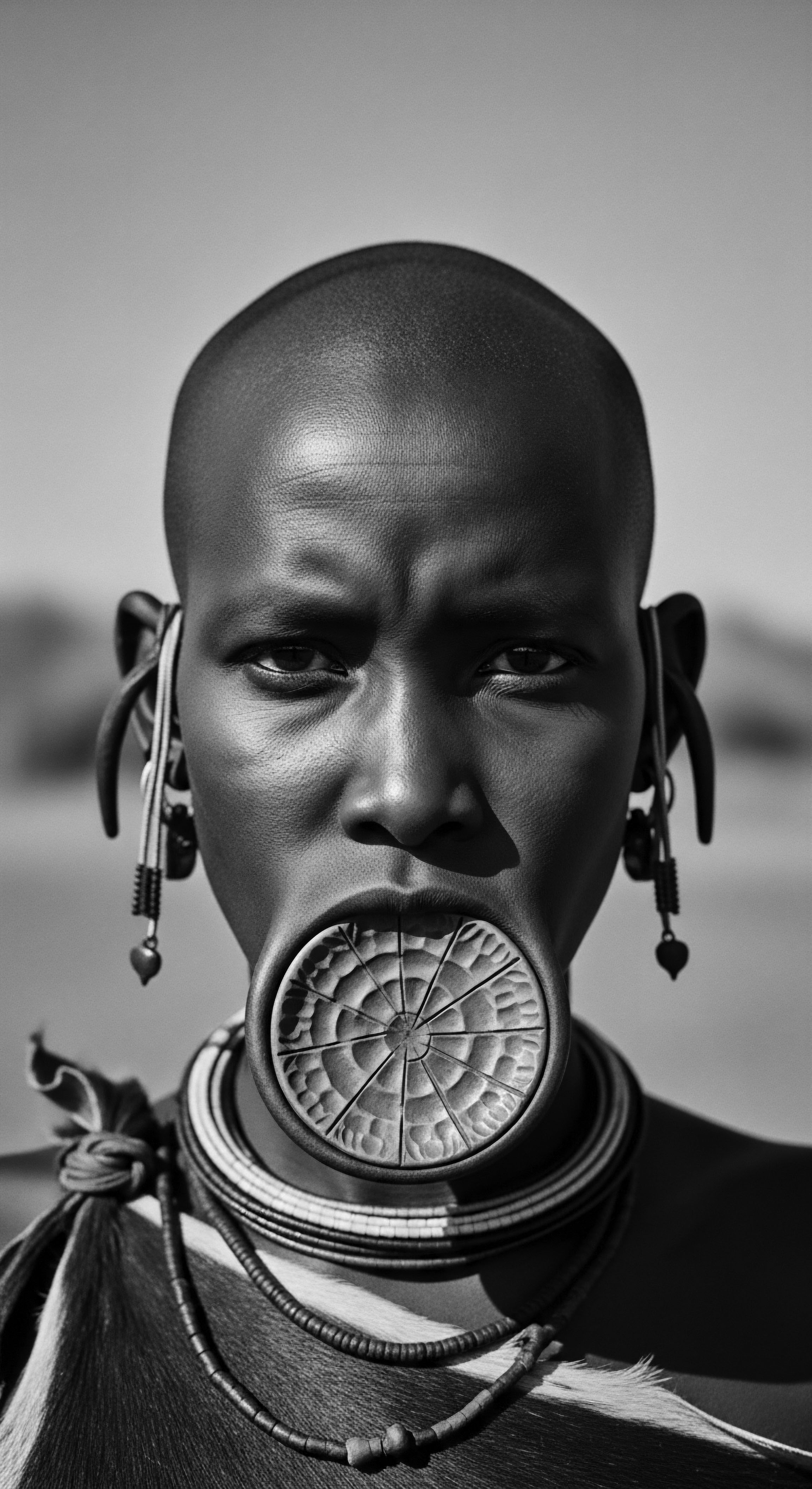
Cultural Trauma and Reclamation ❉ The Enduring Struggle
The academic discourse surrounding Indigenous Hair Rituals also critically examines the profound impact of colonization and systemic oppression on these ancestral practices. Policies of forced assimilation, such as those implemented in residential schools in Canada and the United States, often mandated the cutting of Indigenous children’s long hair, a deliberate act intended to sever their connection to culture, identity, and spiritual beliefs. This cultural trauma has had long-lasting psychological and communal repercussions, contributing to a sense of loss and disinheritance among subsequent generations.
The modern natural hair movement, particularly within Black and mixed-race communities, can be understood as a powerful act of reclamation and healing, deeply rooted in the legacy of Indigenous Hair Rituals. It represents a conscious return to ancestral practices and an assertion of inherent beauty and identity that challenges Eurocentric beauty standards that have historically marginalized textured hair. This movement, therefore, is not merely a trend; it is a profound socio-cultural and political statement, reflecting a desire to reconnect with a heritage that was systematically suppressed. The ongoing legal battles against hair discrimination, such as those addressed by the CROWN Act, underscore the continued societal need to protect and celebrate the diversity of textured hair, affirming the inherent value and meaning of Indigenous Hair Rituals in contemporary contexts.
The academic exploration of Indigenous Hair Rituals thus involves:
- Deconstructing Power Dynamics ❉ Analyzing how hair practices were targeted and suppressed as part of colonial and oppressive regimes.
- Mapping Cultural Resilience ❉ Documenting the ways Indigenous and diasporic communities preserved and adapted their hair traditions as acts of resistance and identity.
- Validating Indigenous Knowledge Systems ❉ Recognizing the scientific and holistic wisdom embedded in traditional hair care practices, often validated by modern research.
- Examining Contemporary Reclamations ❉ Studying the socio-political implications of the natural hair movement and ongoing efforts to combat hair discrimination.
This academic perspective highlights the profound meaning of Indigenous Hair Rituals as not just historical artifacts, but as dynamic, living systems of knowledge and practice that continue to shape identity, foster community, and serve as powerful symbols of enduring heritage for textured hair communities globally.
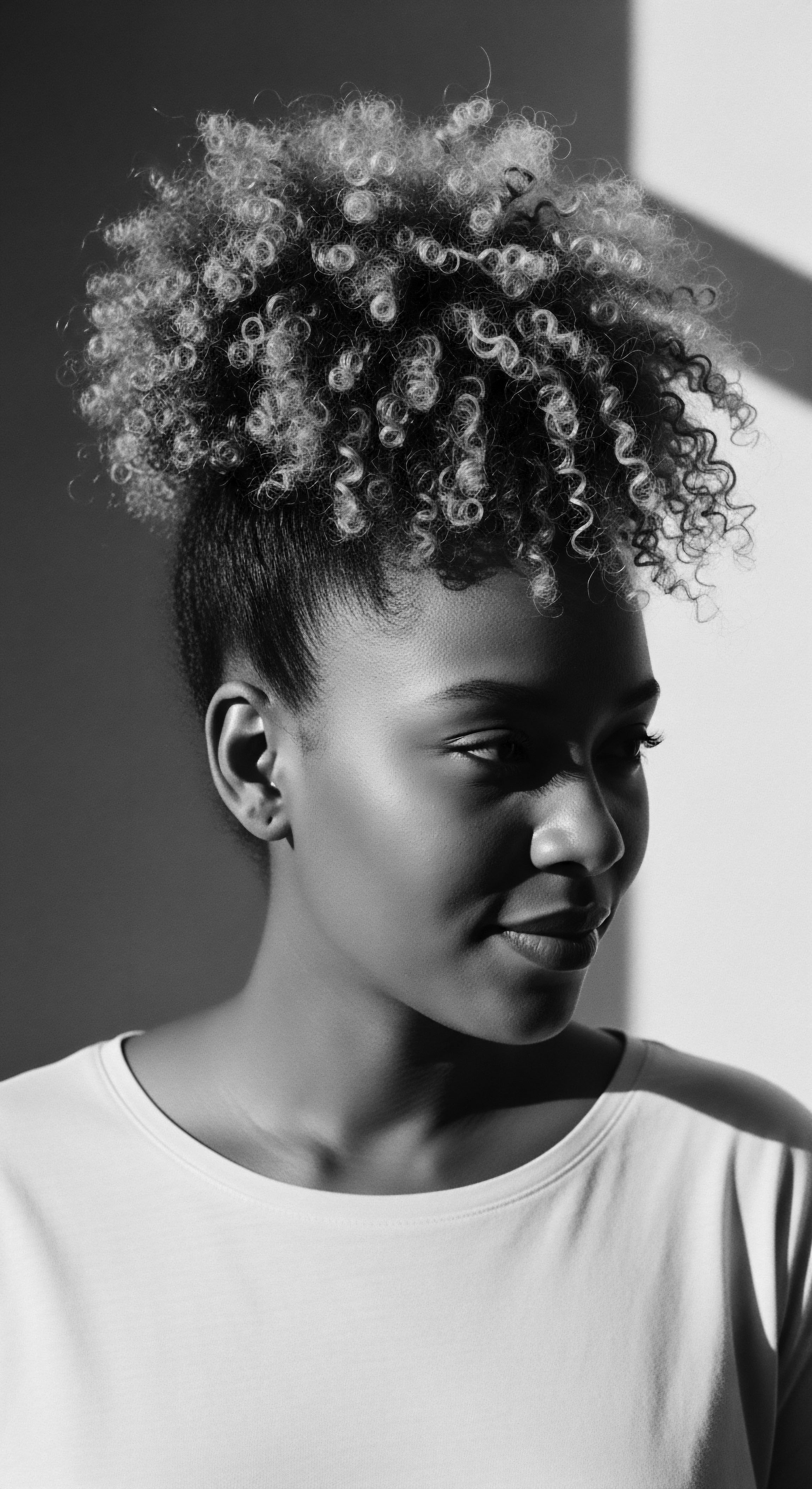
Reflection on the Heritage of Indigenous Hair Rituals
As we contemplate the intricate layers of Indigenous Hair Rituals, a profound understanding of their enduring heritage begins to settle upon the spirit. These are not static museum pieces; they are living, breathing testaments to human ingenuity, resilience, and an unwavering connection to the ancestral wisdom that guides our hands and hearts. The journey through these practices, from the elemental biology of textured strands to the complex narratives of resistance woven into braids, reminds us that hair is far more than a physical attribute; it is a sacred archive, a tangible link to the profound stories of those who came before us.
The ‘Soul of a Strand’ ethos finds its deepest resonance within this heritage, recognizing that every coil, every wave, every textured pattern carries echoes from the source. It is a lineage of care, passed down through tender threads of communal grooming and whispered teachings, affirming identity and voicing the unspoken narratives of generations. This reflection invites us to consider our own relationship with our hair, not as a superficial concern, but as an opportunity to honor a rich inheritance. By embracing the principles embedded within Indigenous Hair Rituals – respect for natural ingredients, intentionality in care, and the communal joy of shared beauty – we participate in a continuous conversation with our past, strengthening the unbound helix of our collective future.
The persistent acts of cultural reclamation, seen in the resurgence of natural hair movements and the celebration of traditional styles, speak to a deep-seated longing for authenticity and connection. This is a journey of rediscovery, a gentle turning back to the wellspring of ancestral knowledge, where beauty and well-being are inextricably linked to heritage and the earth. In every intentional touch, every nourishing application, we are not simply caring for hair; we are honoring a legacy, ensuring that the wisdom of Indigenous Hair Rituals continues to flow, vibrant and strong, for all who seek its profound embrace.
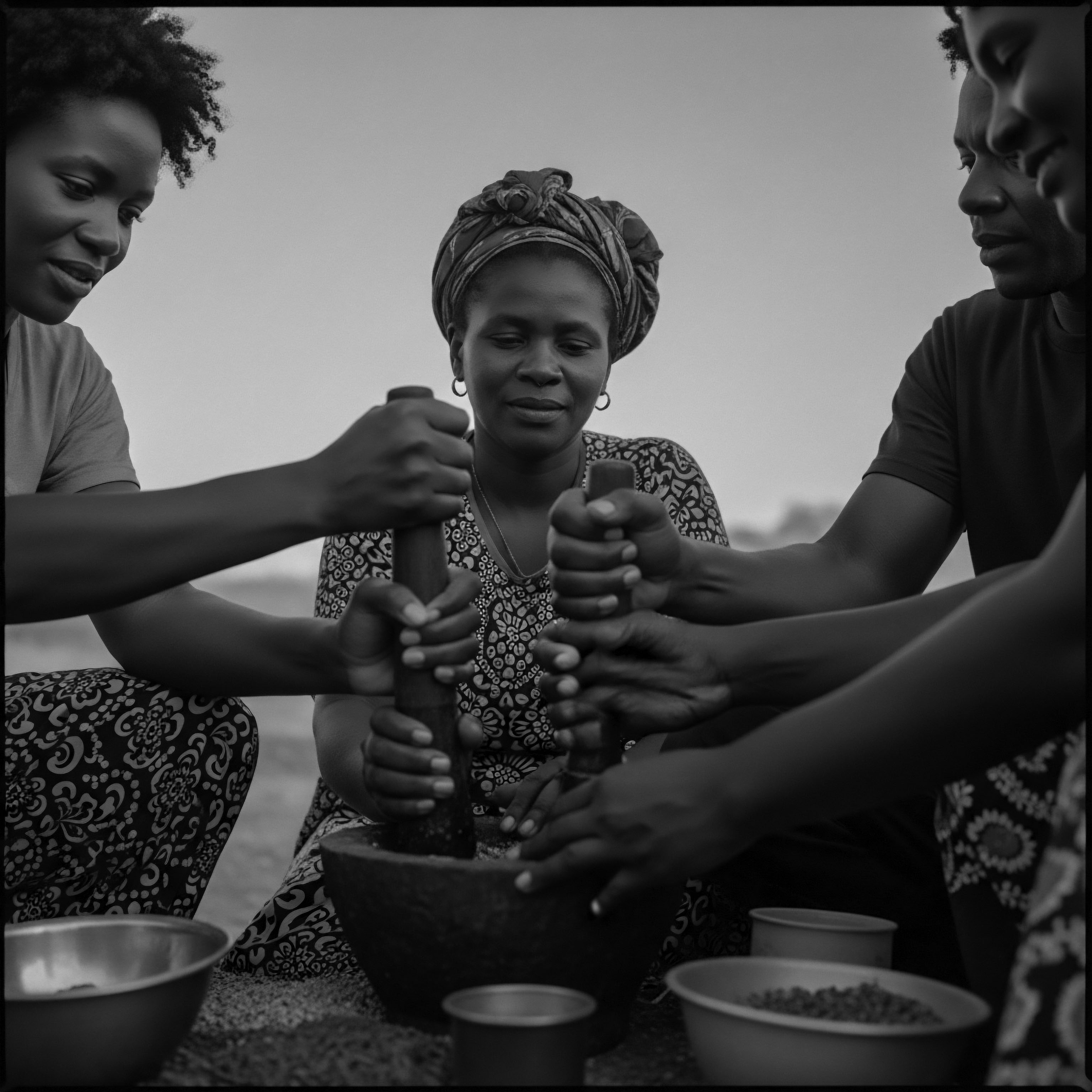
References
- Blakely, R. (1993). African-American Hair Care ❉ History, Style, and Culture. University Press of Mississippi.
- Byrd, A. & Tharps, L. (2014). Hair Story ❉ Untangling the Roots of Black Hair in America. St. Martin’s Griffin.
- Fongnzossie, E. F. et al. (2018). Ethnobotanical Survey of Medicinal Plants used in the Treatment and Care of Hair in Karia ba Mohamed (Northern Morocco). Journal of Medicinal Plants Studies.
- Ndhlovu, P. T. et al. (2019). Traditional uses of plants for cosmetic purposes by Vhavenda women in Limpopo Province, South Africa. South African Journal of Botany.
- Oforiwa, A. (2023). The History and Culture of African Natural Hair ❉ From Ancient Times to Modern Trends. AMAKA Studio.
- Prabhu, K. et al. (2021). Ethnobotanical study of medicinal plants used by Pachamalai tribe of Tamil Nadu, India, for hair care. Journal of Ethnopharmacology.
- Tharps, L. (2015). How does black hair reflect black history?. BBC News.
- Tshiki, N. A. (2021). African Hairstyles ❉ The “Dreaded” Colonial Legacy. The Gale Review.
- Warra, S. (2022). Ethnobotanical Advancements in Contemporary Skincare. IGI Global.
